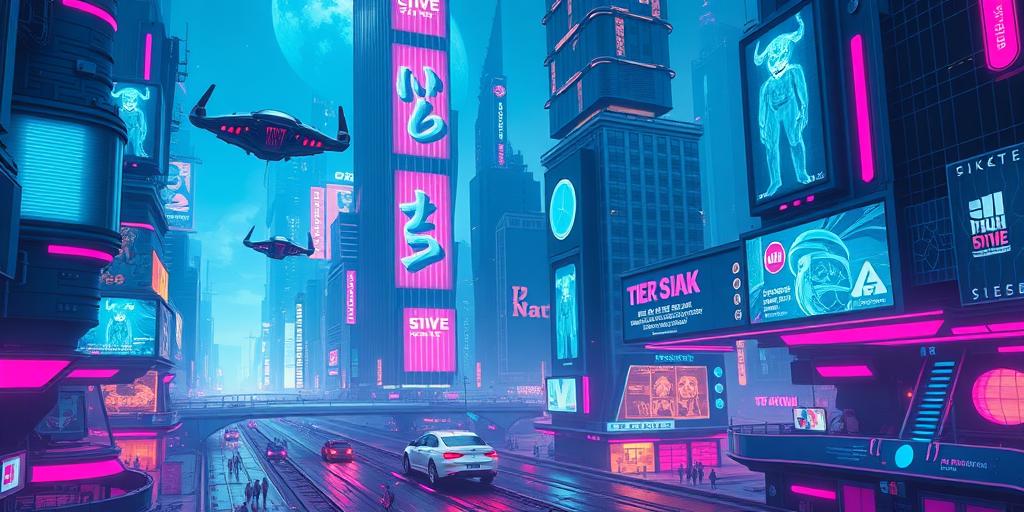Have you ever wondered if the coolest tech gadgets we use today were inspired by science fiction movies? Prepare to be amazed! From smartphones to self-driving cars, many innovations we take for granted were initially figments of Hollywood’s imagination. Let’s embark on a captivating journey through time, exploring how sci-fi movies have predicted and fueled the development of incredible technological advancements. Get ready to have your mind blown!
Smartphones: The Pocket-Sized Universe
The sleek smartphones we hold today, capable of connecting us to a global network, were once a futuristic dream. Recall the iconic communication devices in movies like “Star Trek”? Those flip phones and communicators, seamlessly integrating communication and information access, laid the conceptual groundwork for the modern smartphone. Though not quite replicating the transporter, the smartphone’s ability to connect us globally mirrors the instantaneous communication portrayed in many sci-fi classics. This development has led to many spin-off technologies and trends such as the rise of mobile apps, the booming app economy, and even the evolution of mobile payment systems and applications. The seamless integration of communication, information, and entertainment in a pocket-sized device is a testament to the predictive power of science fiction.
Beyond Communication: Entertainment and More
Sci-fi movies didn’t just envision the communication aspect; they foresaw the entertainment and information potential. Remember the futuristic tablets and data pads? They foreshadowed the multimedia capabilities of today’s smartphones, where we can watch movies, listen to music, read books, play games, and access information instantly. The ability to have all this at our fingertips is nothing short of astonishing and it all started with the idea-generating powers of Hollywood sci-fi.
Self-Driving Cars: The Autonomous Revolution
The concept of self-driving cars has captivated audiences for decades. From “Knight Rider’s” KITT to “Back to the Future’s” flying DeLorean, autonomous vehicles have long held a prominent place in the sci-fi landscape. These fictional portrayals paved the way for the research and development of advanced driver-assistance systems (ADAS) and eventually, fully autonomous vehicles. While the flying car is still a work in progress, we’re already seeing advancements in self-driving technology changing the landscape of transportation. The evolution from the initial conceptualization to the present-day prototype perfectly highlights the lasting impact of science fiction on the direction of technological development.
Overcoming Hurdles and Future Applications
The path to developing fully autonomous vehicles is fraught with challenges, from software and hardware complexities to ethical considerations. However, the initial concepts sparked by sci-fi films have provided a strong vision and fueled the drive for innovation. Future applications of this technology might see self-driving trucks revolutionizing logistics, or autonomous delivery drones transforming e-commerce. The progress we’ve made is undeniable and directly linked to the inspiration drawn from those early sci-fi movie creations.
Virtual and Augmented Reality: Immersive Experiences
The immersive worlds depicted in films like “The Matrix” and countless others have long fueled our fascination with virtual and augmented reality (VR/AR). These movies imagined a future where technology could blur the lines between the physical and digital realms. While complete immersion like in “The Matrix” remains a distant prospect, VR and AR technologies have rapidly advanced, offering increasingly realistic and engaging experiences for gaming, education, and various other applications. This has opened up a new world of possibilities from virtual tours to immersive training simulations. The creative possibilities seem boundless.
From Science Fiction to Everyday Reality
The progression from futuristic concepts to real-world applications of VR/AR technologies is remarkable. Once considered a purely fictional realm, today, VR/AR headsets allow for a new dimension of gaming and are transforming how we learn, work, and interact with the world. This technology is still evolving and will continue to amaze as the technology matures.
Artificial Intelligence (AI): The Rise of the Machines?
The portrayal of AI in movies is varied, ranging from benevolent helpers to menacing overlords. Nevertheless, the very concept of intelligent machines, frequently explored in science fiction, has inspired and guided the development of artificial intelligence in the real world. The desire to create machines that can think and learn, as depicted in numerous sci-fi classics, fuels the ongoing research and development in this field. The field of AI is rapidly growing, and the potential benefits and risks must be carefully considered.
Ethical Considerations and Future Potential
As AI becomes increasingly sophisticated, ethical considerations surrounding its development and use become paramount. Science fiction has often explored these ethical dilemmas, prompting important discussions about the responsible development and deployment of AI. The future potential of AI is vast and far-reaching, promising advancements in fields like healthcare, transportation, and environmental sustainability. But we must proceed with caution and thoughtfulness.
The incredible technological advancements we enjoy today owe a significant debt to the visionary imaginations of science fiction filmmakers. From smartphones to self-driving cars, VR/AR, and AI, the seeds of innovation were often sown in the realm of fantasy, proving that sometimes, the most far-fetched ideas can become reality. So, the next time you use your smartphone or interact with a smart device, take a moment to appreciate the sci-fi legacy that made it all possible! Don’t forget to subscribe to our newsletter for more mind-blowing tech updates!




